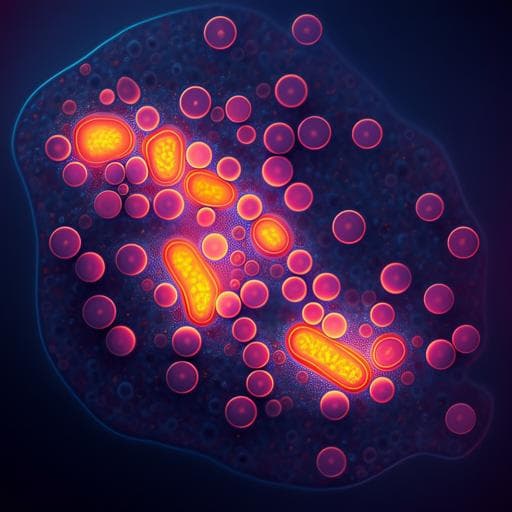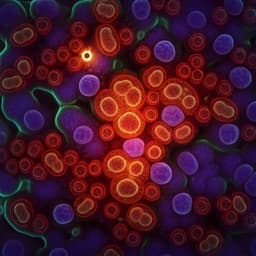
Biology
Ultra-high spatio-temporal resolution imaging with parallel acquisition-readout structured illumination microscopy (PAR-SIM)
X. Xu, W. Wang, et al.
Discover the groundbreaking PAR-SIM technology, developed by authors including Xinzhu Xu and Wenyi Wang, which dramatically boosts SIM imaging speeds while maintaining affordability and simplicity. Achieving an impressive 132.9 MPixels s⁻¹, this innovation allows for real-time visualization of cellular activities, including mitochondrial dynamics at a remarkable 408 Hz. Don't miss the future of fluorescence microscopy!
~3 min • Beginner • English
Related Publications
Explore these studies to deepen your understanding of the subject.







